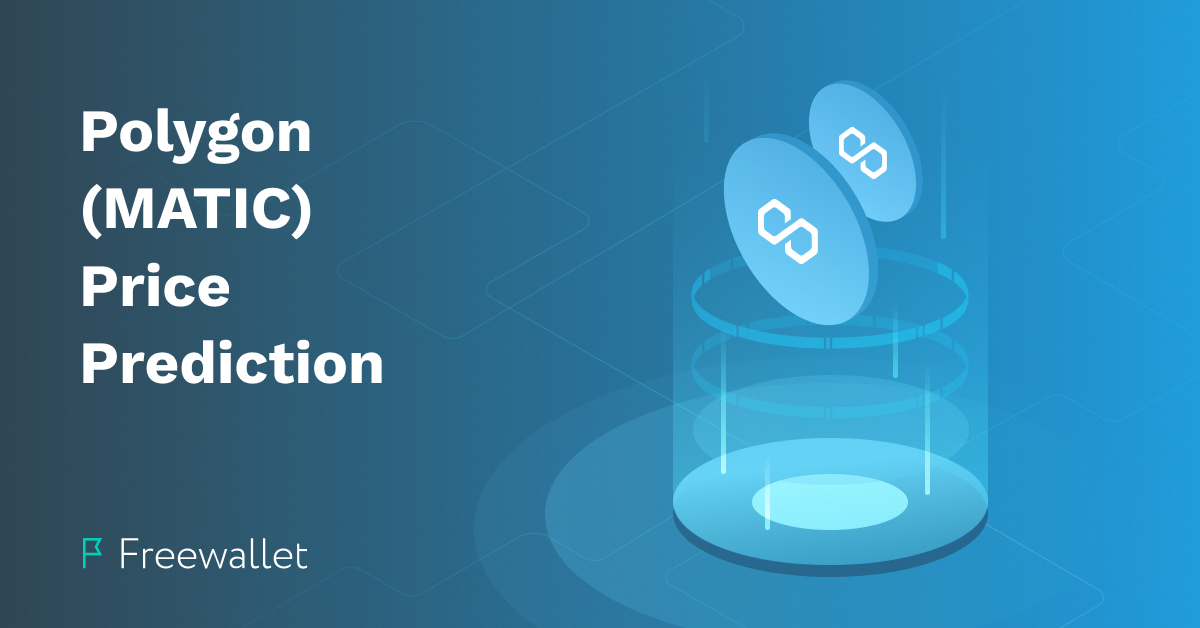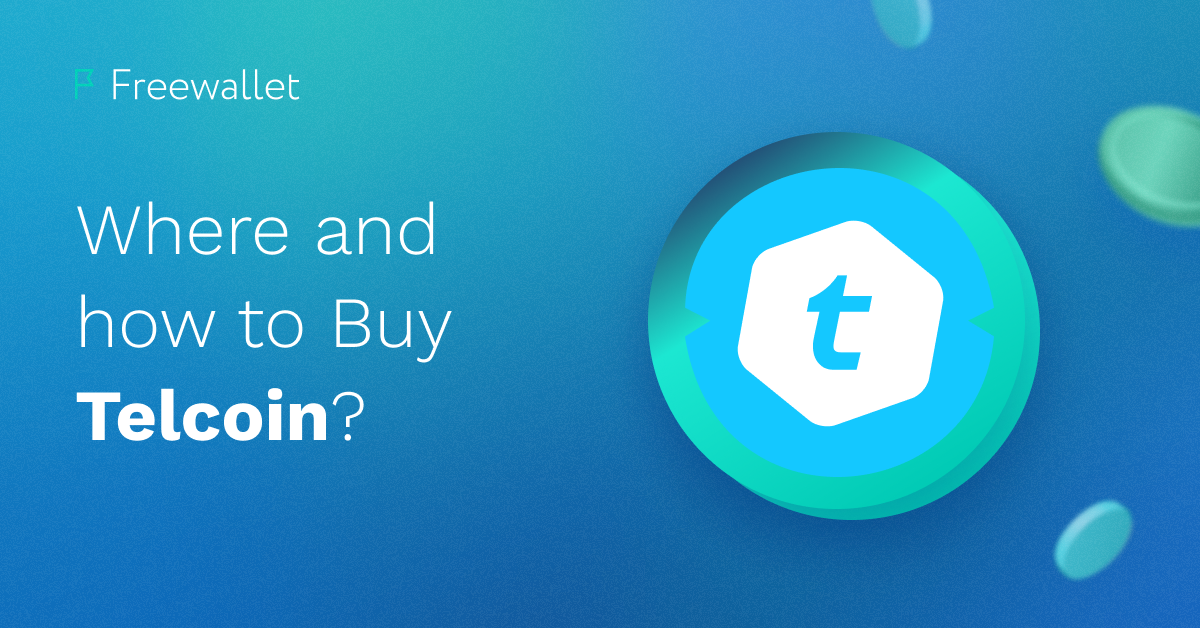For the crypto industry, 2019 has become a memorable year in relation to many previous trends. One of the key areas is decentralized finance (DeFi). The DeFi sphere, consisting of open source projects and designed to make the world of finance more open and free with the help of blockchain and smart contracts, is rapidly gaining popularity. What is DeFi, what companies work in this sphere and what future holds for this industry? Learn in this article.
What is Decentralized Finances (DeFi)
DeFi are financial instruments in the form of services and applications created on the blockchain. The main objective of decentralized finance is to become an alternative to the banking sector and replace the traditional technologies of the current financial system with open source protocols. That is, to open to a large number of people access to decentralized lending and new investment platforms. And to allow them to receive passive income from cryptocurrency assets, as well as save on commission fees for transfers, loans and deposits.
Most of the existing DeFi is created on the Ethereum blockchain and the number of new applications in the field of decentralized finance is growing steadily. So, in early February, the number of Ethereum blocked on DeFi application smart contracts reached $938, according to defipulse.com.
The main principles of DeFi
The principles of DeFi can be expressed in three simple points:
- Compatibility and open source. DeFi members take compatibilty into account when creating their projects. This helps to enhance the integrated effect of all projects as a whole. Open source helps to achieve this goal, allowing developers to understand how all ecosystem products can interact at a technical level;
- Convenience and affordability. DeFi aims to create a financial system accessible to everyone connected to the Internet;
- Financial transparency. Information at the market level should be transparent to all participants, while maintaining individual confidentiality.
Types of DeFi
In general, decentralized finance consists of the modern monetary system solutions, which is built on the basis of smart contracts and decentralized applications in the Ethereum ecosystem. They do not have central authorities and levers of its application. Everyone is equal: the capabilities of the participants in the system do not differ depending on their place of residence, credit history, income and other familiar factors in the modern world. Here are the most promising areas for the development of DeFi:
- Decentralized exchanges like 0x or KyberNetwork;
- Stablecoins like Dai or USDC;
- Asset management funds based on smart contracts like MelonPort;
- Tokenized lending platforms like Equilibrium, Fulcrum or Compound;
- Decentralized forecast markets such as Augur and Gnosis.
Popular Decentralized Finances
Currently, about 1.5% of the total airtime is blocked on Maker contracts. Dai is one of the key products in the DeFi ecosystem. DAI ranks 5th in market capitalization among stablecoins.
The Big Three of DeFi is MakerDAO, Synthetix and Compound account for nearly 80% of the total DeFi market.
MakerDAO – the decentralized lending protocol. More than half of the blocked air accounts for this particular platform. The project has quite a lot of functionality, but the main advantage is the presence of a special type of smart contract called “Collateral Debt Positions”.
Using them, each user can send a certain amount of ETH to a smart contract and issue their token, secured by the second most important cryptocurrency. At the same time, the created DAI tokens are, in fact, a debt secured by a pledge to MakerDAO. The platform acts as a kind of bank, but absolutely any user can take a loan from this bank. Borrowed funds are often used by customers of DeFi services to fill the liquidity gap, as an alternative to expensive money from banks.
Also Synthetix is rapidly gaining popularity. It offers decentralized trading in synthetic assets derived from digital currencies and traditional instruments (fiat money, gold, silver, etc.). The service has a native SNX token, the holders of which can block it to create assets of the ERC20 standard called Synths and then trade them.
The third place in the DeFi Pulse rating is taken by the Compound, the service similar in functionality to the Maker, which recently raised $ 25 million from Bain Capital Ventures, Polychain Capital and Paradigm.
The influence of DeFi
In general, the appearance of the DeFi sector is a huge leap for cryptocurrencies, as traditional financial institutions have finally gotten competitors that could undermine their monopoly on cash flow control. Decentralized finances are useful for users:
- Services can be obtained without the bank and even in places where there is no bank at all;
- Almost everyone can bring their own asset to the market;
- Payments are no longer processed for several days;
- Commission and interest rates are lower;
- A new way of earning on cryptocurrency;
For the cryptocurrency industry:
- Coins got new use-cases, which increases their value for holders;
- DeFi-services simplify the interaction between various coins and blockchains, and, therefore, erase technical barriers;
- The ability to get cheap credit, transfer funds to another pole of the planet or create your own digital asset encourages more people to engage in cryptocurrencies.
Decentralized finances today
According to DefiPulse, today the equivalent of $ 702 million is spinning in the DeFi sphere. On the eve of the indicator set a record and reached 3 million ETH. Over the past year, the volume has grown at least twice.
Experts believe that the amount will easily increase to a billion dollars after the growth of the Ethereum.
The developer and popular crypto enthusiast Jimmy Song notes that DeFi is already turning into a central banking system.
Consensys employees note that 2019 was the year of DeFi development. And in 2020 the situation will happen again.
According to Coinbase CEO Brian Armstrong, decentralized finance is growing exponentially. He says that DeFi-services are gaining popularity, despite the still relevant problems of scaling Ethereum.
“What I think is most exciting for me about DeFi is it’s awesome to see sort of the early indicators start to hit that hockey stick moment where they going up. I think what’s really exciting is the pace of experimentation also feels to be going up into the right. There’s so many more folks involved, there’s so many more.”
Conclusion
DeFi is a rapidly growing and developing field. It is becoming a popular alternative to bureaucratic traditional finance, where the profitability of instruments falls amid extremely low interest rates.
DeFi gives finance flexibility and the ability to earn a small percentage in a bear market, as well as borrow funds at an acceptable percentage. In addition, decentralized markets for synthetic assets are steadily developing, opening up new opportunities for traders.
Nevertheless, there are risks in any field and lending services are no exception. This segment is still underdeveloped and not so large.
Related
Stay tuned
Subscribe for weekly updates from our blog. Promise you will not get emails any more often.
Most Popular
New Posts
Stay tuned
Subscribe for weekly updates from our blog. Promise you will not get emails any more often.







